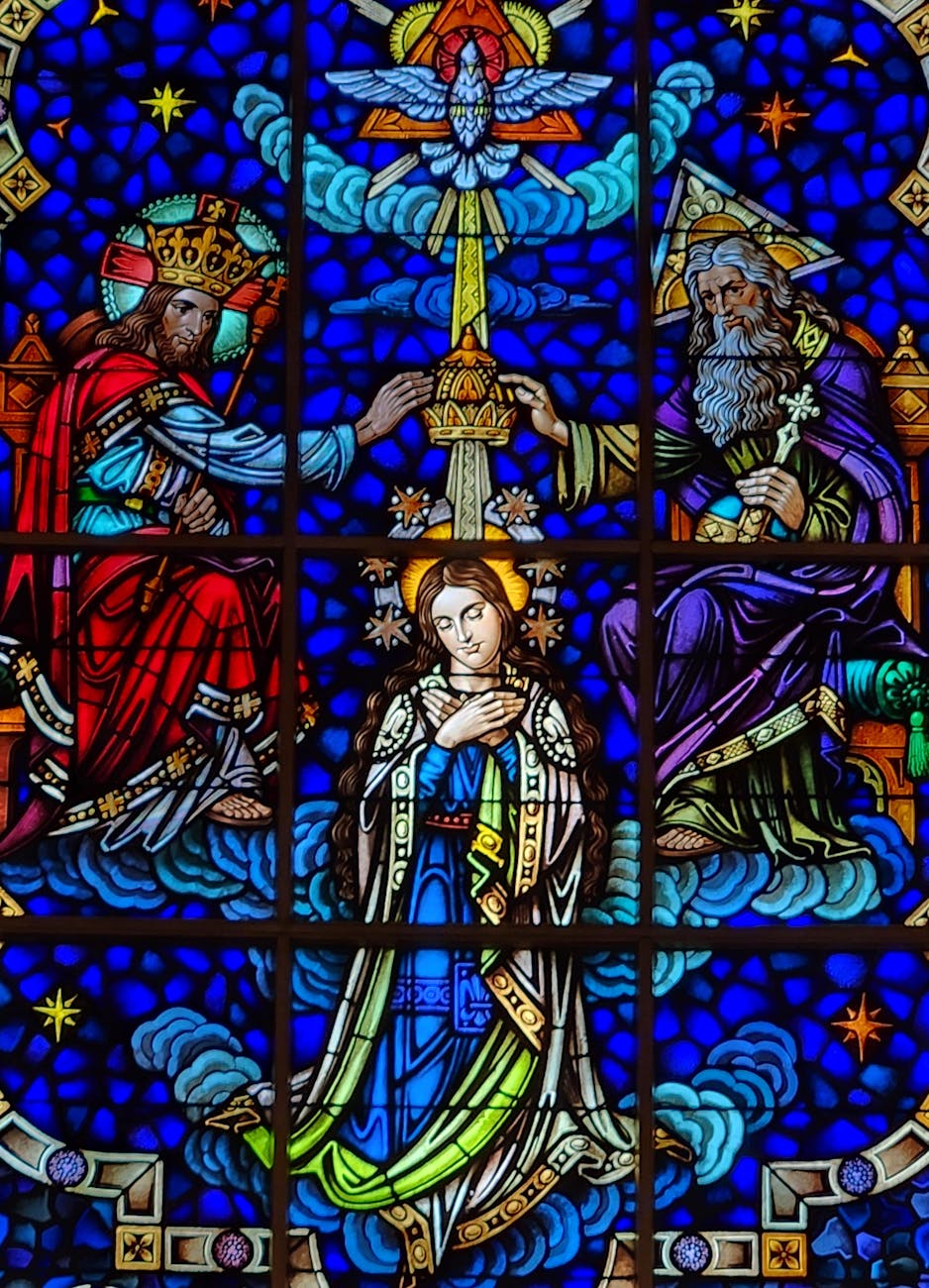Scarabs in Ancient Culture
The scarab beetle holds a prominent place in ancient cultures, particularly in the context of its historical significance and symbolism. Understanding these aspects offers insight into why the scarab is revered and its enduring legacy.
Historical Significance of Scarabs
Scarabs were widely recognized in ancient societies, especially in Egypt. They were often used as amulets and were associated with various cultural practices. Scarabs symbolized transformation and were linked to the sun god Ra, who was believed to roll the sun across the sky like a scarab rolls dung.
| Time Period | Significance |
|---|---|
| Pre-Dynastic Egypt | Representation of life cycles |
| Old Kingdom | Used in burial practices as amulets |
| New Kingdom | Popular in jewelry and artifacts |
Symbolism of Scarabs in Ancient Egypt
In ancient Egypt, the scarab beetle symbolized renewal and rebirth. This association stemmed from the beetle’s behavior of rolling balls of dung, which was seen as a metaphor for the sun’s daily journey. The scarab was often depicted in art and hieroglyphs, carrying deep spiritual significance.
| Symbolic Meaning | Description |
|---|---|
| Transformation | Represents the cycle of life, death, and rebirth. |
| Protection | Believed to provide safety and ward off evil. |
| Luck | Considered a good luck charm for the afterlife. |
The scarab’s role in ancient culture reflects its multifaceted significance, highlighting themes of transformation, protection, and fortune. These attributes contribute to the scarab’s lasting importance in spiritual symbolism.
Spiritual Meaning of Scarabs
Scarabs hold a deep spiritual significance, particularly in ancient cultures. They are often seen as symbols of transformation and protection, embodying powerful meanings that resonate even today.
Transformation and Rebirth
The scarab beetle is widely recognized as a symbol of transformation and rebirth. This stems from its life cycle, where it undergoes significant changes. In ancient Egypt, the scarab represented the sun god Ra, who was believed to roll the sun across the sky, similar to how a scarab rolls dung.
This association with the sun and renewal reflects the idea of new beginnings. When individuals encounter a scarab, they may interpret it as a sign of personal transformation or a reminder to embrace change in their lives.
| Aspect | Significance |
|---|---|
| Life Cycle | Symbol of transformation |
| Connection to Ra | Represents rebirth and renewal |
| Personal Growth | Encouragement to embrace change |
Protection and Luck
In addition to transformation, scarabs are also seen as talismans for protection and good fortune. Ancient Egyptians often placed scarab amulets in tombs to safeguard the deceased in the afterlife. These amulets were believed to ward off evil spirits and provide guidance.
Many people today still view scarabs as symbols of luck. They may wear scarab jewelry or keep decorative items in their homes to attract positive energy and fend off negativity. The presence of a scarab can serve as a reminder of protection and the importance of staying grounded.
| Aspect | Significance |
|---|---|
| Amulets in Tombs | Protection in the afterlife |
| Modern Symbolism | Represents good fortune |
| Guidance | Encouragement to remain grounded |
Scarabs encapsulate profound spiritual meanings, from transformation and rebirth to protection and luck. Their enduring symbolism continues to inspire and resonate with individuals seeking deeper understanding of their journeys.

